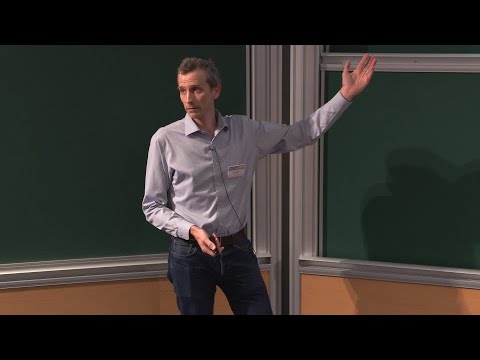Description:
Save Big on Coursera Plus. 7,000+ courses at $160 off. Limited Time Only!
Grab it
Explore the strengths and weaknesses of popular supervised learning algorithms in this 32-minute lecture by Francis Bach from INRIA, presented at the Institut des Hautes Etudes Scientifiques (IHES). Delve into the concept of "no free lunch theorems" and understand why there is no universal algorithm that performs well on all learning problems. Compare the performance of k-nearest-neighbor, kernel methods, and neural networks, examining their adaptivity, regularization, and optimization techniques. Investigate the curse of dimensionality, smoothness of prediction functions, and the role of latent variables in machine learning. Gain insights into the simplicity bias and overfitting issues associated with neural networks. Conclude with a comprehensive understanding of the trade-offs and considerations in choosing appropriate learning methods for different problem domains.

The Quest for Adaptivity in Machine Learning - Comparing Popular Methods
Add to list
#Computer Science
#Machine Learning
#Supervised Learning
#Artificial Intelligence
#Neural Networks
#Kernel Methods
#Regularization
#K-Nearest Neighbors
#Curse of Dimensionality